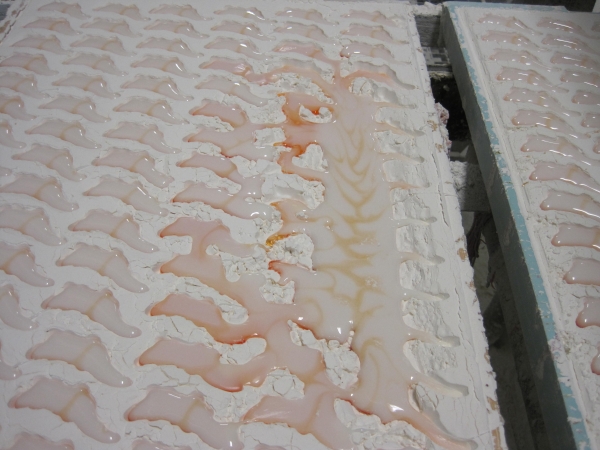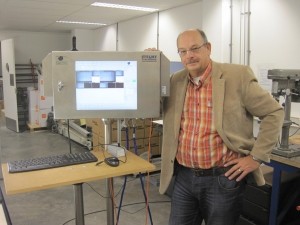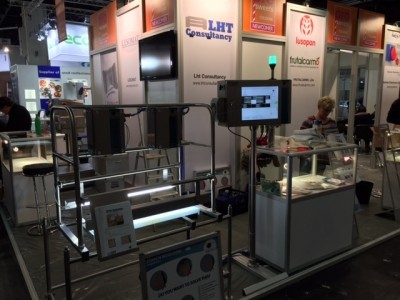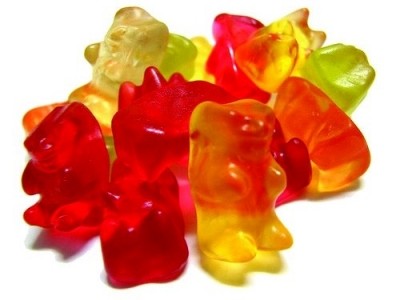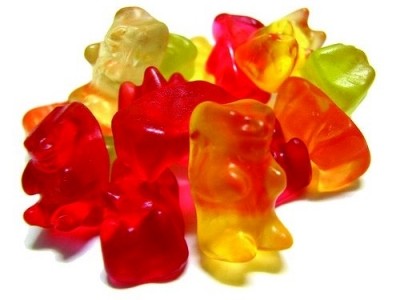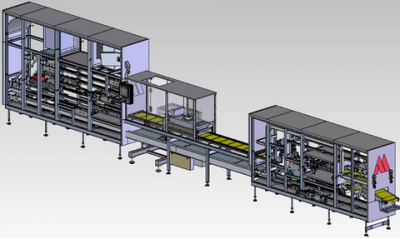Mess-free starch molding: The dirty tray menace will be history, says LHT
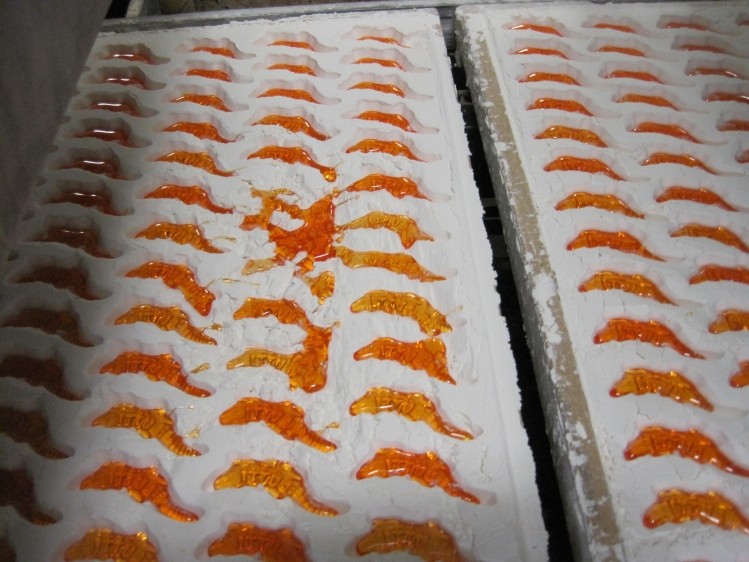
The companies’ DTV system (Dirty Tray Vision System) claims to solve a problem that has troubled gummie manufactuers for decades: Jelly becoming stuck to trays or sticking multiple gummies together.
The pain of removal
“It’s a serious pain,” Luuk Hilhorst, managing director at LHT Consultancy told ConfectioneryNews.
“When this tray is not well-filled with starch and you deposit in the tray, you deposit the jelly in the bottom of the tray – that’s a bad thing because you can’t get it off.”
He said that when jelly became stuck to the tray it was painstaking to remove and was often done manually with a knife, which created a risk of contamination.
Hilhorst, who has served as production manager at various confectionery companies, said that the problem was frequent and no solution currently existed to fill the tray with starch that was 100% error-free.
He added that jellies may become glued together when a cavity was missing on the tray and was not spotted by the machine operator. “It will cost a manufacturer €50,000-60,000 a year,” said Hilhorst.
Vision system
LHT Consultancy and Eagle Vision developed the DTV system to overcome these problems.
“We can see that the tray is not properly printed and command the machine not to deposit. It seriously reduces waste and labor to sort it out. This will be really booming,” said Hilhorst.
“Also machine operators can do other jobs because we are replacing his eyes with this system,” he said.
How it works
The DTV system uses a camera to take images of the trays as they pass through the production line and compares the images against one of a properly filled tray. If a tray is not filled correctly, depositing does not take place and the tray can be removed manually or with a tray eject system.
If the system spots four trays with errors in a row it will alert the operator to stop the machine.
Hilhorst said that companies could expect payback with the system within six to seven months.
Compatibility
DTV is compatible with W&D, NID and Makat lines. It became commercially available at the start of the year and will be exhibited for the first time at Interpack in Dusseldorf, Germany next month.
It is already being used by some larger confectionery producers in Germany and Belgium.
LHT Consultancy hopes that future extensions of the system will be able to inspect production trays with deposited imprints and check color configuration of products.
